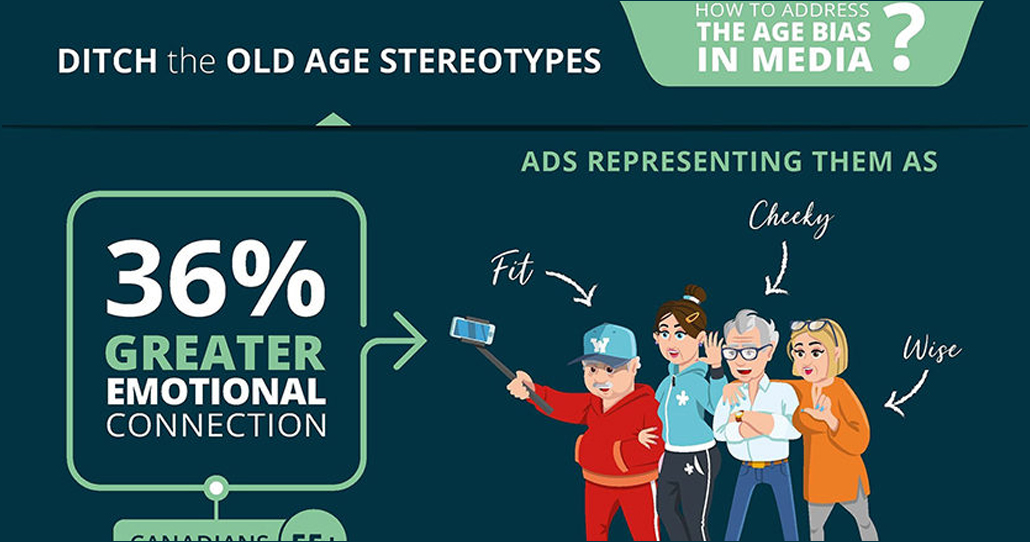During these times, it can be tricky to know what to share with your clients and what to shelve for the time being. Should you only be talking about COVID-19 given the severity of the situation? Or maybe you should provide a much-needed distraction to your clients and carry on as usual?
Below is a list of things you should (and some you should not) say to your clients right now.
What to say to your clients in the age of COVID-19
- Share how COVID-19 is affecting your business and what you’re doing to adapt.
Customers appreciate transparency, so be sure to keep them in the loop. Are there some services you aren’t able to offer right now? Tell them. Or maybe you’re having to adapt the way you do business, perhaps by moving face-to-face meetings online. By being open about the limitations you’re facing and the steps you’re taking to adapt, your clients will see that you’re prioritizing safety over business.
- Share helpful tips and insights with your customers.
Which tips you share will depend on your individual clients, but they might include information on how they can access some extra cashflow during these times, or what government schemes they may be entitled to.
- Be sensitive with the language and tone you use.
At such an unprecedented time, it can be hard to know exactly what your clients want to hear. But even if you’re not sure exactly what to say, how you say it is often just as important. Using a tone that’s relatable, honest, and shows empathy is key. Now more than ever, it’s important to show your clients that you’re also a human being, and that we’re all in this together.
What NOT to say to your clients in the age of COVID-19
- Don’t get in touch unless you have something relevant to say.
No one wants to hear every detail of your COVID-19 strategy, so don’t irritate your clients by flooding their inboxes with obvious or irrelevant information. If your customers have concerns about accessing your services safely at this time, let them know what you’ve done to adapt your processes. However, if your operations have been largely unaffected from your clients’ perspective, you may want to think twice before hitting send on that e-blast.
- Don’t pretend everything is normal.
COVID-19 is affecting most aspects of people’s lives right now and will most likely have an influence on the majority of their spending decisions. So, attempting to press on with business as usual can come across as tone deaf and insensitive. You don’t have to obsess over the pandemic to the exclusion of all else but giving a subtle nod to it in your communications will reassure your clients that you understand what they’re going through.
- Don’t use COVID-19 as a marketing opportunity.
Many businesses are participating in relief efforts at the moment to help their local communities. But while you may want to fill your clients in on how you’re trying to help, don’t get too carried away when tooting your own horn. Using a crisis to boost your own sales is not a good look.
Navigating your client communications during a time of crisis can seem daunting, but customers understand that this is a never-before-seen situation, and as long as you remain transparent, empathetic, and tuned-in to your clients, they are likely to appreciate the effort that you’re making.
How have you been navigating your client communications during COVID-19? We’d love for you to share any tips that have worked for you in the comments.









